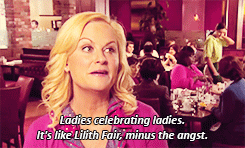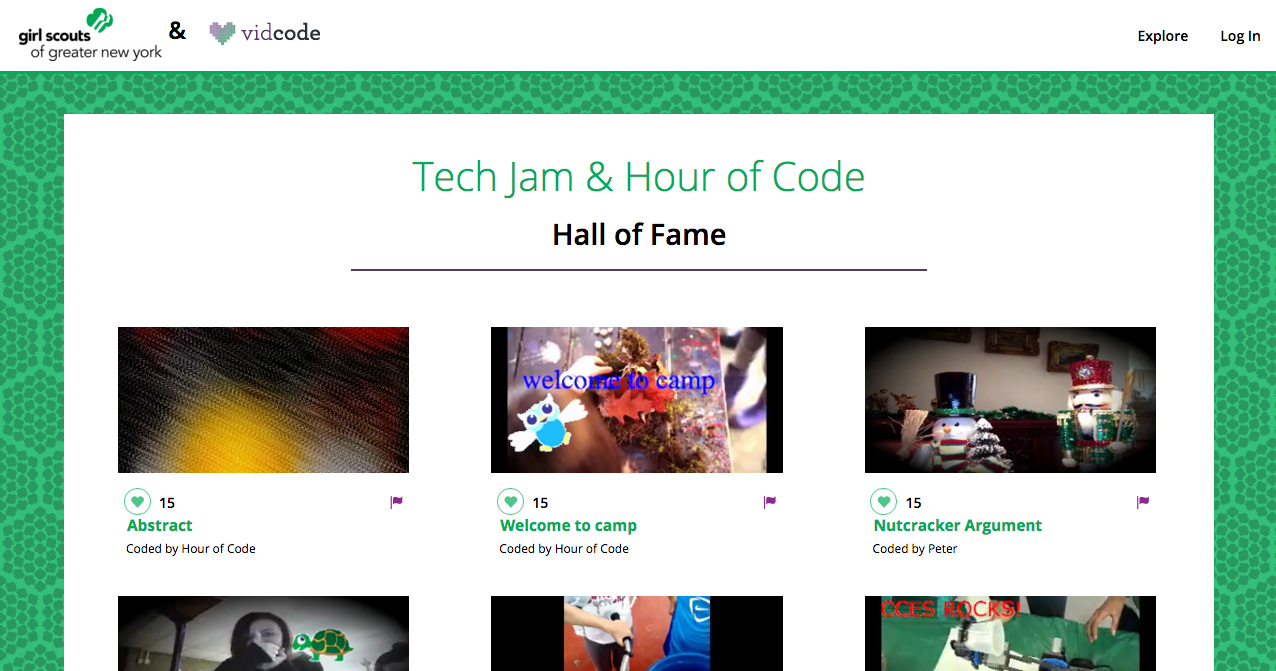Olivia Cabello joined Vidcode as a UX Designer through the Fall 2016 SPIKE Fellowship. She's currently getting her Masters in Integrated Digital Media at NYU Poly.
Olivia wrote the following blog post reflecting on her time at Vidcode.
Before adding new features to my designs, I often catch myself thinking “This feature might be useful” or “I think the user could benefit from this”. I get really excited about this great idea I had (don’t we all think our ideas are great?) and am determined to implement it. I’ll admit it, I have been guilty of passionately defending my ideas and trying to explain why it’s the ultimate solution. It’s difficult to stop yourself when this happens. When we think of a solution that could work, it’s hard to take a step back and figure out why this works (or in many cases, why it doesn’t work). This natural state of mind can be dangerous and can harm the quality of your work. At this point, you might ask yourself: “How can I avoid making a big design mistake?”. Well, I asked myself the same question during my time working on the teacher site redesign at Vidcode, and here is what I learned:
1. Ideas are just assumptions
and assumptions are almost never good. I mean, it’s a good start, but in the end they will remain just that: a start. While I was creating my first mockups for the new Vidcode teacher site, I had so many different ideas on what I should add to the pages. My thought process went a little bit like this: “I think it would be great if I added a student progress graph here, a teacher training link there, and maybe even a page with all the student info.” While I would personally prefer to have all this information if I were a teacher, the truth is that I will never know this for sure because I’m not really a teacher. This is when user testing and research comes in handy. Your assumptions of what features should be included in your design only become valid when you have results to back them up. If you have real evidence in the form of quantitative data that your idea is good, you instantly gain more credibility. Who would you trust more? The designer who says “I think adding a student progress graph would be cool” or the one who confidently states that “ 90% of the teachers who tested my prototype had an easier time visualizing how their students were doing in the class thanks to the new student progress graph”? Taking your assumptions to the next level through user testing and research is what makes you a reliable user experience designer.
2. Most of your time should be spent researching and testing
I know, I know. There is usually little time for testing and research when you’re supposed to be presenting your designs in only a few weeks. However you should really make time for at least some kind of testing, even if you don’t have access to many resources. Working at a startup usually implies that you don’t have the means to recruit a large number of participants for testing sessions. However, this does not mean that you should skip this step of the process altogether. Since I wasn’t able to bring in many Vidcode clients to test my prototype, I created a “clickable survey” using my mockups instead. In this survey, I gave participants a simple task such as “Where would you click to add a new student to your class?” and they would have to answer by clicking on the corresponding area in the mockup. The survey would generate heatmaps displaying where participants were clicking in the mockups and I would then evaluate them to see whether the results match my expectations. While this method is definitely not perfect (I probably would’ve gotten more accurate results if I had watched participants navigate through an interactive prototype), I was still able to learn a lot about the way teachers were interpreting my designs. Through this very elementary remote user testing method, I was able to learn more than I would have if I had solely relied on feedback and research.
3. A user testing session is not equivalent to a feedback session
This point is extremely important. Sometimes when we are talking to our users, we want to get straight to the point and ask them for their opinion on a feature we thought of. While this might be a good step when you’re brainstorming and researching, it is not good enough to call it a user test. The main issue of asking a user for feedback is that the answer you will receive is not reliable data. Saying that your idea for a feature is good because a client said so is basically just backing up your assumption with another assumption. Truth is, sometimes users don’t know what they want. The best way to find out whether a feature would solve a usability problem is to watch the user interact with it. If I were to ask a teacher whether it would be useful for them to view all their students’ information in one page and they said yes, I would get a hypothetical answer. However if I watched the teacher completely ignore this page during a user testing session, I would get a definite answer. Long story short, actions speak louder than words.
I can’t emphasize enough the importance of integrating lots and lots of testing into your design process. In the end, being a user experience designer implies meeting the user’s needs and learning what how and for what purpose they use your application.






























































